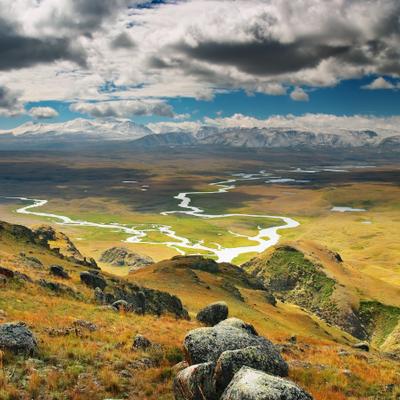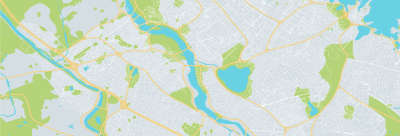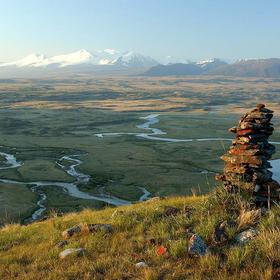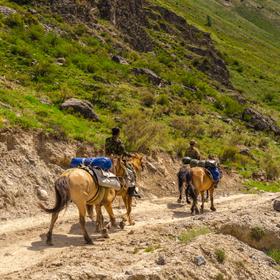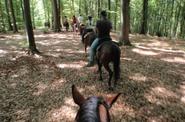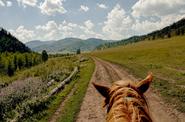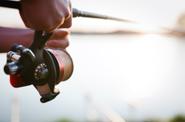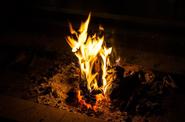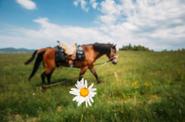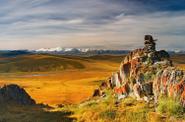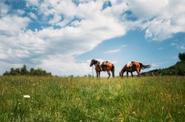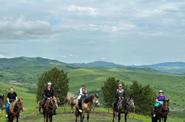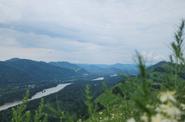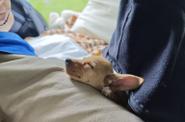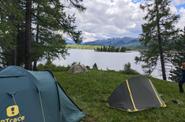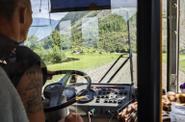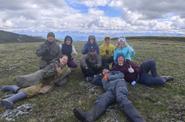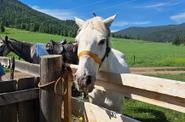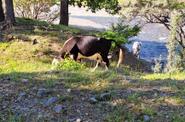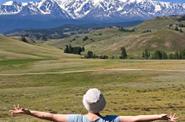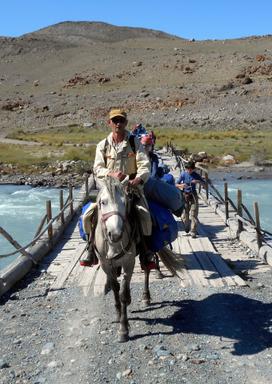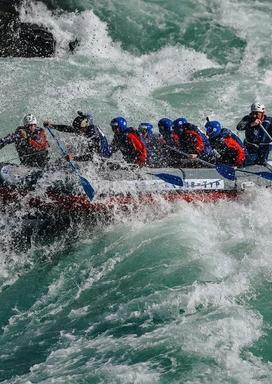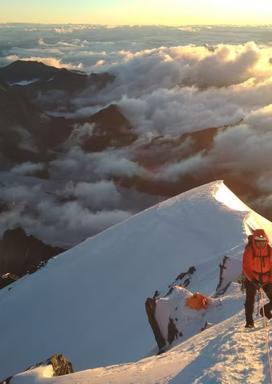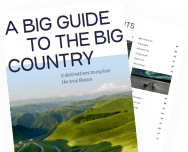1. A backpack, a suitcase or a large travel bag, that is, something in which it is convenient to carry things to the base, special means are issued on the route for transporting things (archimak (saddlebag) and a dry run).
2. Hiking shoes you need to have boots that can be leather, rubber, or birch, the main thing is that they do not get wet and cover the boot from rubbing against the stirrup strap (putlishche), in extreme cases high boots (boots). But rubber boots are preferable, because they do not get wet from the outside, and if water gets inside, they are quite easy to dry by the fire, while they do not deform if you follow the small drying rules.
3. Running shoes or trekking boots for radial exits. Avoid new, unworn shoes. If you choose trekking boots, keep in mind that not all of them can really be dried in field conditions, and when drying by the campfire they can deform and become practically unusable.
4. Replacement shoes for camping (slates).
5. Comfortable clothing for horse crossings and radial pedestrian crossings –trousers made of dense soft fabric that do not restrict movement, without rough internal seams, made of light quick-drying material, preferably cotton. A shirt or a long sleeve T-shirt. A windbreaker made of thick material. A suit for hunters or fishermen, or something similar, is suitable, the main thing is that it is comfortable and does not rustle.
6. A set of clothes for camping and overnight stays – trousers, shirt, shorts, T-shirt, thermal underwear is ideal for overnight stays, it will also help out if the weather deteriorates.
7. A warm sweater or hoodie (preferably fleece or wool material).
8. A warm jacket (synthetic or down jacket). Keep in mind the fact that the sintepon is much easier to dry. If someone thinks that warm clothes will not be needed in July, I assure you that this is not the case. The weather in the mountains is extremely unpredictable.
9. A warm hat (fleece or wool).
10. A cap or panama hat that covers the face and eyes from direct sunlight, or a bandana.
11. Gloves (even simple cotton ones will do).
12. Socks – 2-3 pairs of cotton or linen, 2 pairs of wool
13. A splash-proof raincoat or suit that can withstand light rain. On the equestrian route, an UGC (Combined Arms Protective Kit) is issued to protect against rain - a long rubber raincoat with a hood
14. A bathing suit to enjoy sunbathing or take a dip in a mountain pond.
15. Toiletries and hygiene products. Including hygienic lipstick and sunscreen with a high protection factor (UF 50).
16. Sunglasses that protect the eyes from ultraviolet rays in the mountains.
17. A small flashlight (headlamp).
18. Individual medicines, the instructor takes the main first-aid kit with him, but if you have an individual intolerance to any standard drugs or need for specific or strictly prescription medicines, take your own.
19. A small water flask. You can use a plastic bottle with a capacity of 0.5 liters., but it is very desirable to have a flask that can be attached to a belt or fastened to a saddle with a carabiner, or otherwise secured.
20. A camera or video camera (optional) with hermetically sealed packaging. and do not forget a spare battery for it, or an external energy storage device, because there will be a lot of species that you want to capture, but there is nowhere to recharge!.
21. Tourist seat (hob).
22. Personal tableware (plate, spoon, mug)
23. Towel (when placed in tents or cabins without amenities)
24. For the convenience of packaging, it is recommended to have small bags or garbage bags, and for additional splash protection of things and protection from dirt in archimacs, I recommend having dense plastic bags with a volume of 160-180 liters in the amount of 4 pieces.
The requirement for a set of personal items. Nothing superfluous or sharp (without appropriate packages that can damage the hermetic packaging).


